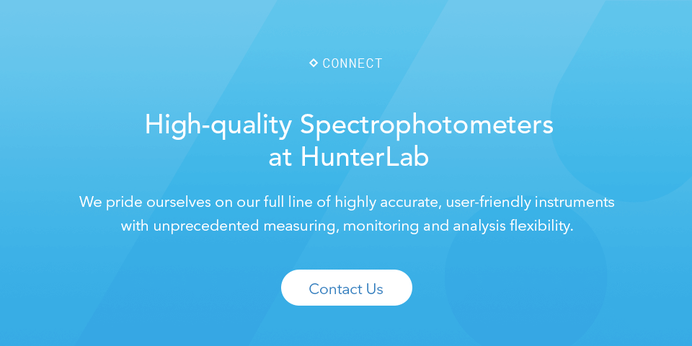
Bandwidth is an essential component to measuring spectral resolution accurately and determining the objective scientific properties of color. Spectrophotometers rely on effective bandwidth measurements to accurately give wavelength readings and assist with product quality assurance, forensic analysis, biochemical testing and more.
Effective bandwidth allows analysts to measure wavelengths of testing samples by isolating narrow bands of radiation to use as interference filters. Spectrophotography relies on effective bandwidth to test color wavelength objectively. Because radiation cannot isolate single wavelengths from a continuum of sources, a wavelength selector uses nominal wavelength and effective bandwidth to determine the wavelength’s true properties. Effective bandwidth is most easily defined as the width of a sample’s radiation at half of its maximum output.
Why Is Effective Bandwidth Important?
Without effective bandwidth, spectrophotometers cannot perform accurate measurements. The ideal wavelength selector has a narrow effective bandwidth and a heavy throughput of radiation. With a high radiation throughput, more photons can pass through your wavelength selector and produce a strong signal with little background noise, which is essential for easily reading your spectrophotometric results. By decreasing effective bandwidth, you can improve resolution at the price of increasing background noise. Essentially, larger effective bandwidth gives a smooth and noiseless signal at the expense of sacrificing resolution.


